Notification of death letter template uk
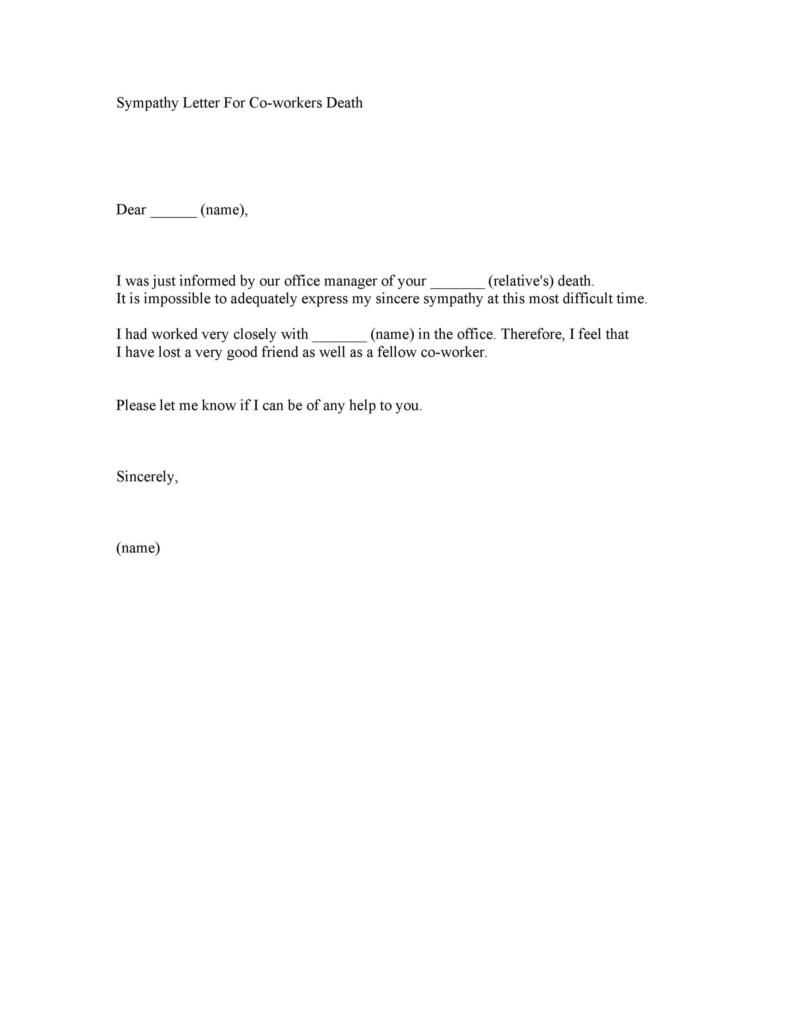
If you need to inform someone about a death, a formal notification letter can provide clarity and respect during a difficult time. The letter should include key details such as the deceased’s name, date of death, and the relation to the recipient, ensuring the message is clear but compassionate.
When drafting your letter, start by addressing the recipient properly, followed by the announcement of the death. State the necessary details, such as the full name of the deceased, the date, and the cause of death (if appropriate). You can then mention funeral arrangements or other relevant information that the recipient may need to know.
Be sure to close the letter with an offer for further contact or assistance, and include your contact information for any follow-up. The tone should be respectful and straightforward, avoiding unnecessary elaboration. Use clear, concise language to ensure the message is understood without confusion.
Here is the revised version:
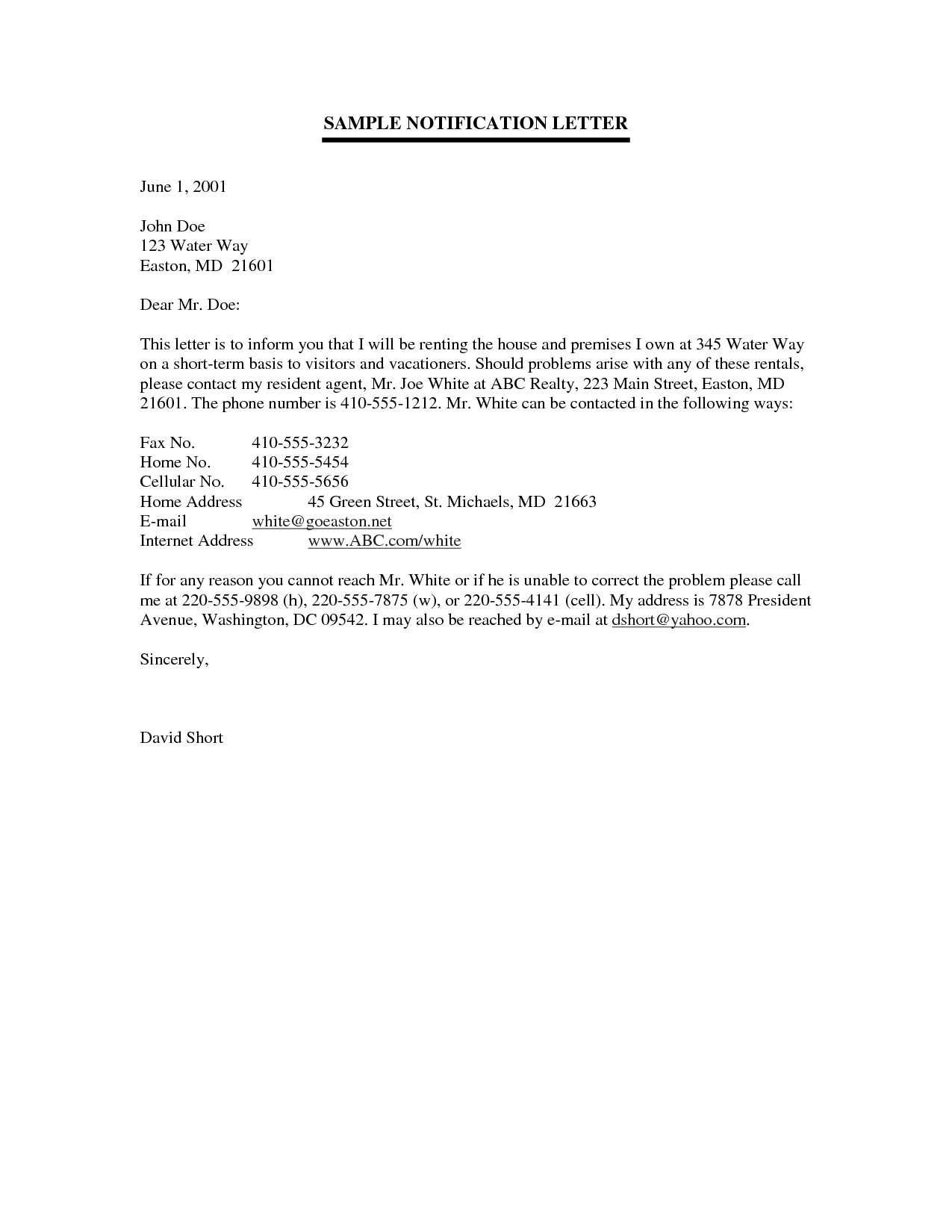
When writing a notification of death letter in the UK, it is important to keep the tone respectful, clear, and concise. Avoid unnecessary details and ensure that the message is communicated with sensitivity. Below is a template that you can adapt as needed.
Template for Death Notification Letter
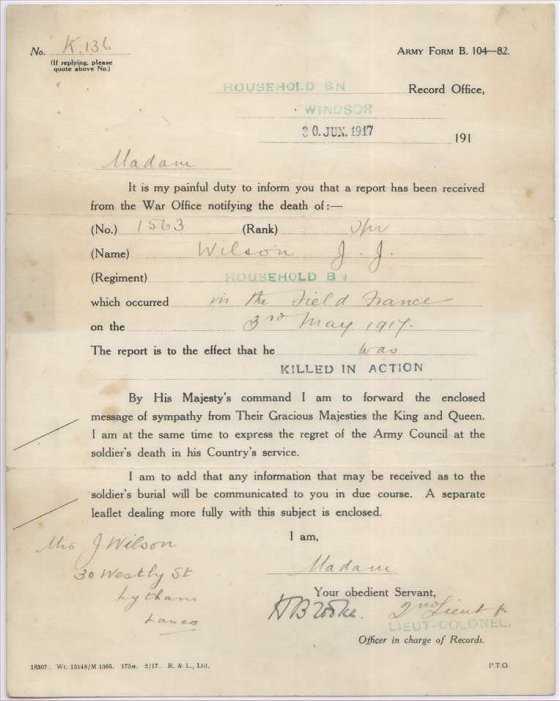
Subject: Notification of the Passing of [Deceased’s Full Name]
Dear [Recipient’s Name],
It is with great sadness that I inform you of the passing of [Deceased’s Full Name] on [Date of Death]. [Deceased’s First Name] was a valued member of our community/family/friend group, and we are all deeply affected by this loss.
The funeral service will take place on [Date] at [Location], and we welcome you to join us in celebrating their life. For those unable to attend, we will be keeping their memory alive through [alternative arrangements, such as a memorial service or donation in their honor].
If you need any further details or assistance, please feel free to reach out. Our thoughts are with you during this difficult time.
Sincerely,
[Your Full Name]
[Your Contact Information]
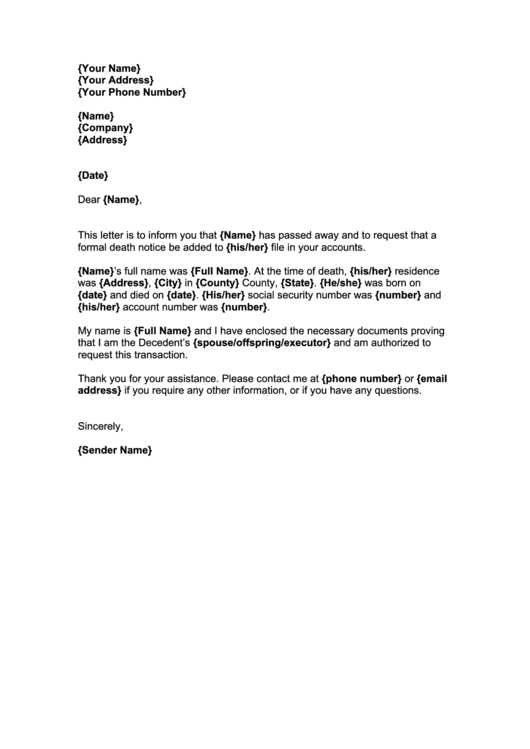
Additional Considerations
Ensure that the letter is addressed appropriately and includes all necessary information such as the date, location, and any specifics about the funeral or memorial services. Consider offering support to the recipient, depending on your relationship with them.
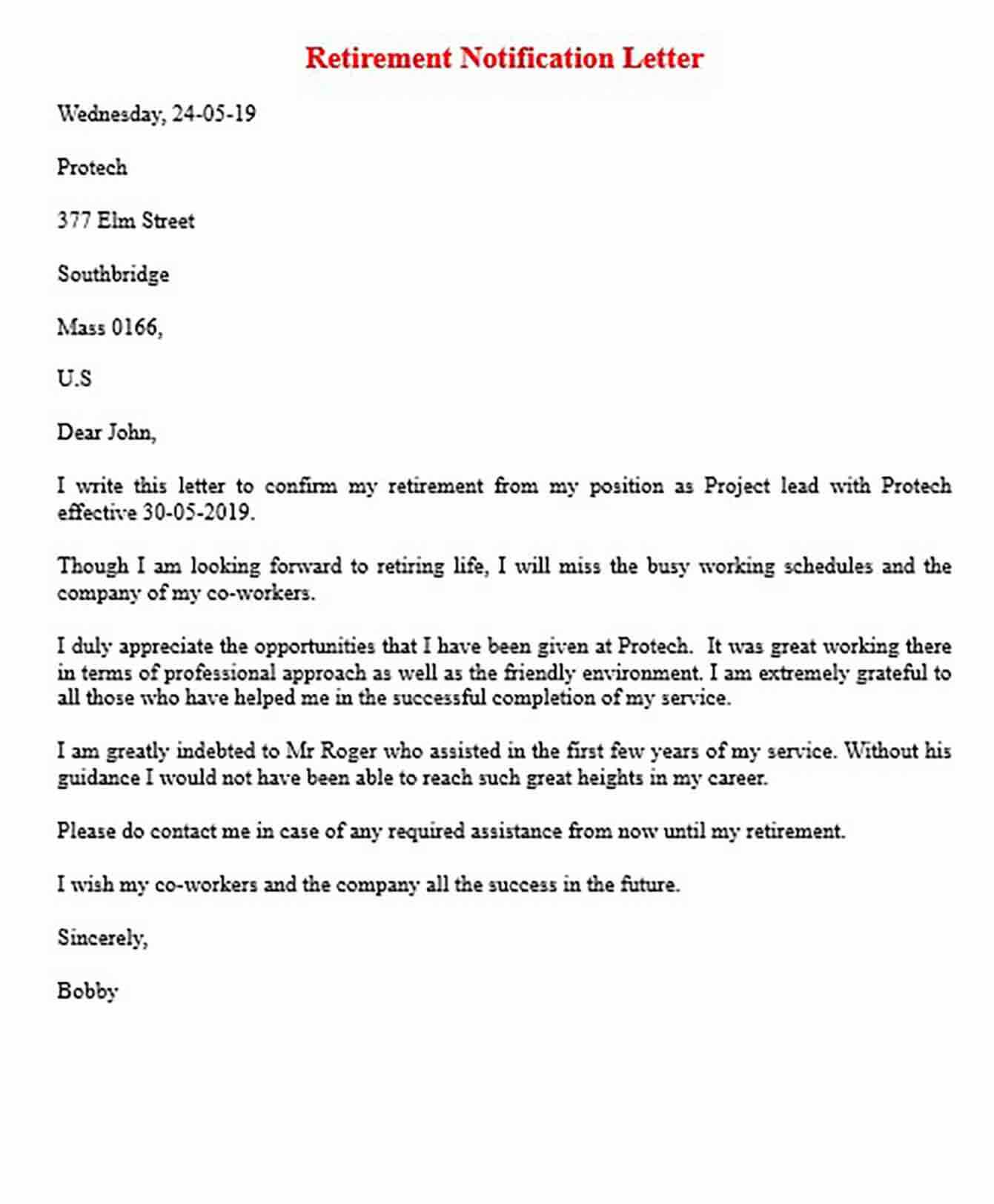
Notification of Death Letter Template UK
How to Structure a Death Notification Letter
Key Details to Include in a Death Notification Letter
Choosing the Right Tone and Language for the Notification
Legal Considerations When Writing a Death Notification
Common Mistakes to Avoid in a Death Notification
When and How to Send the Notification Letter
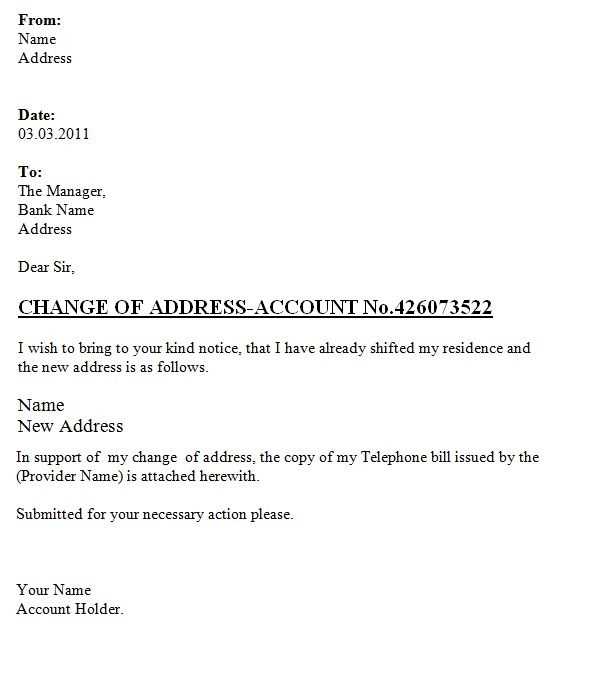
When drafting a death notification letter, the structure is key for clarity and respect. Start with the recipient’s name and address the letter formally. Include the deceased’s full name, date of death, and a brief mention of their connection to the recipient, if relevant. Make sure to use a respectful and empathetic tone throughout the letter.
Key details should cover the deceased’s name, date of death, and the nature of the notification (e.g., funeral arrangements, legal obligations). Be clear and concise about what the recipient needs to know. If the letter involves any requests or actions, such as confirming attendance at a funeral or handling estate matters, include clear instructions.
Choosing the right tone is vital. Use formal, yet compassionate language. Avoid overly emotional or casual phrases that might diminish the seriousness of the message. Phrases like “With deepest sympathy” or “We are deeply saddened” are appropriate when expressing condolences.
In the UK, a death notification letter doesn’t require legal formalities, but if the letter involves estate matters or the deceased’s will, it might be necessary to consult a solicitor. For example, informing creditors or financial institutions requires precise language to avoid misunderstandings. Always check if any legal steps are necessary before sending such a letter.
Common mistakes to avoid include not being clear about the purpose of the letter, especially if it involves any action or follow-up. Be sure to check spelling and accuracy, particularly with names, dates, and details. Avoid overloading the letter with excessive information–stick to the main facts.
Send the notification letter as soon as possible after the death. If it involves legal or financial matters, it may be important to notify recipients promptly. Sending the letter via post is common, but if it’s more urgent, email may also be appropriate–just be sure the tone remains respectful and considerate of the recipient’s feelings.